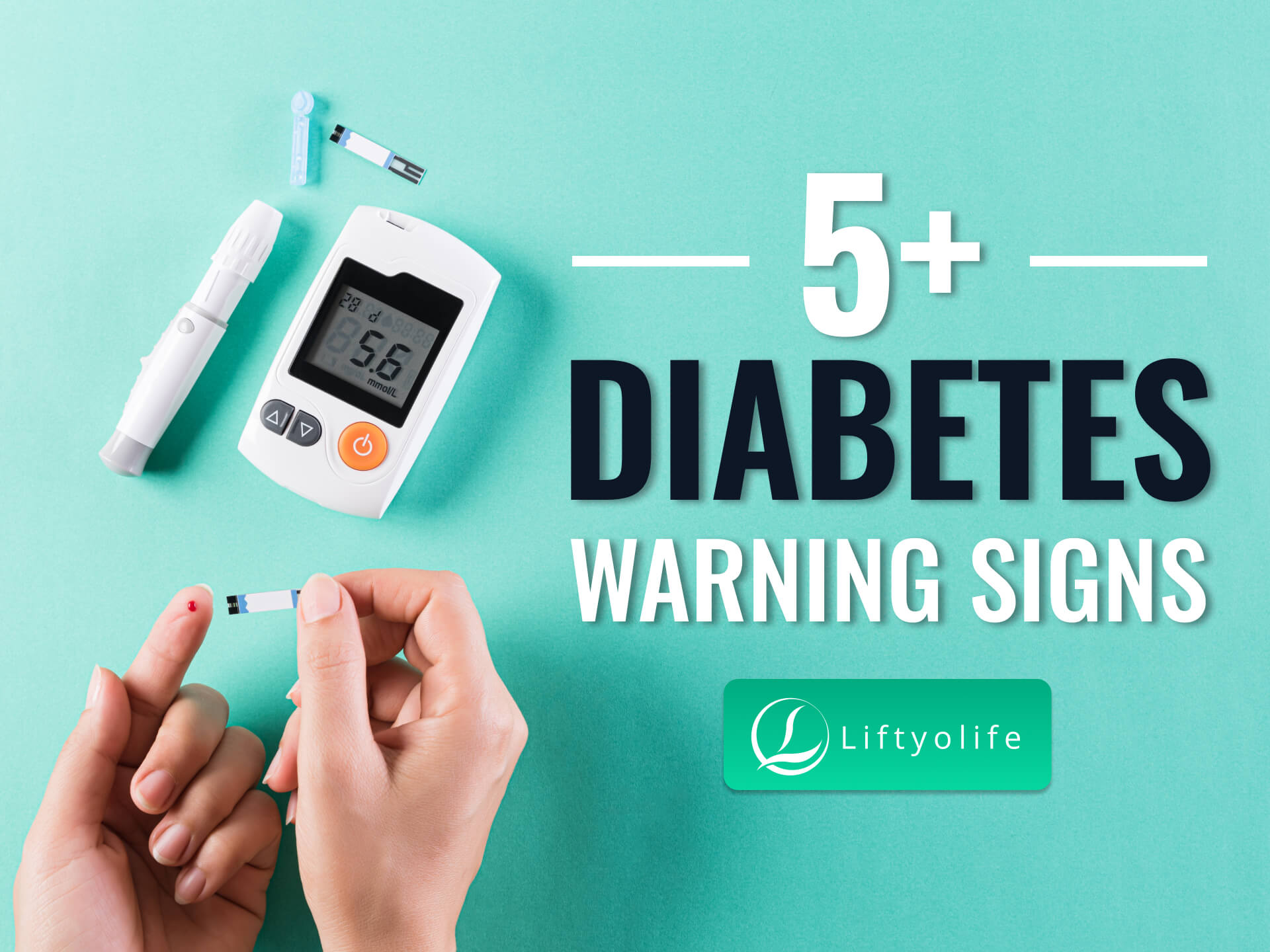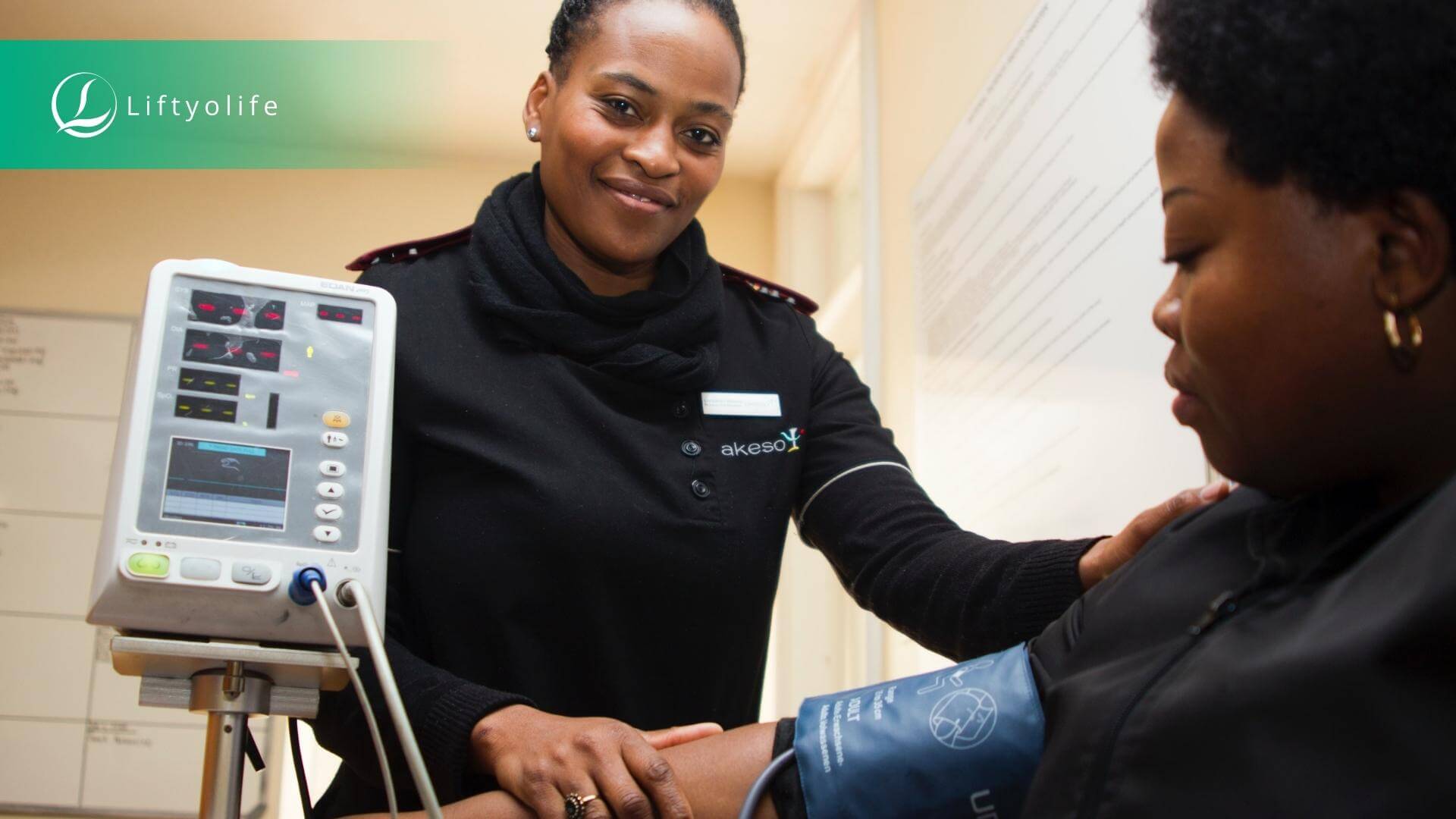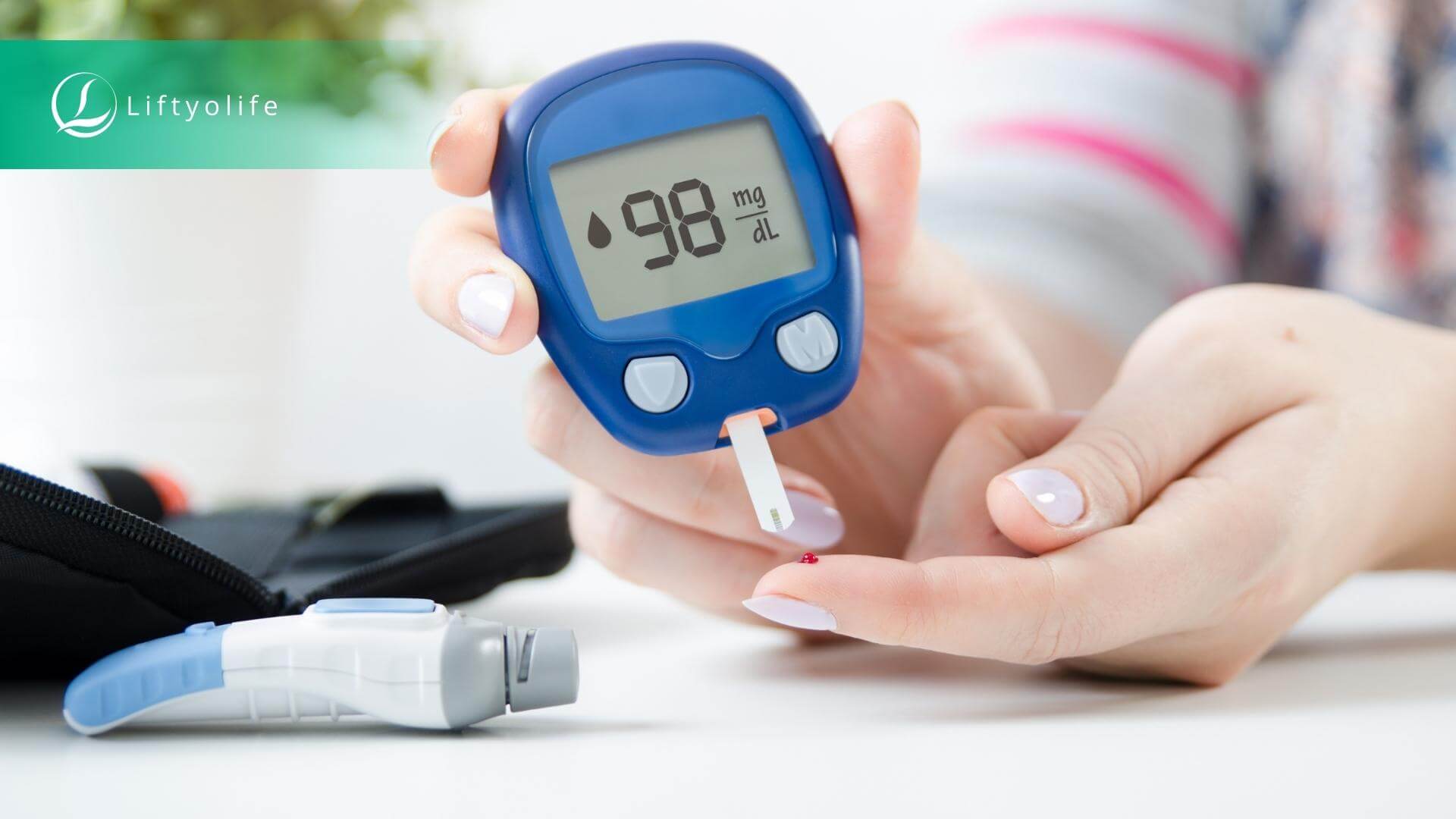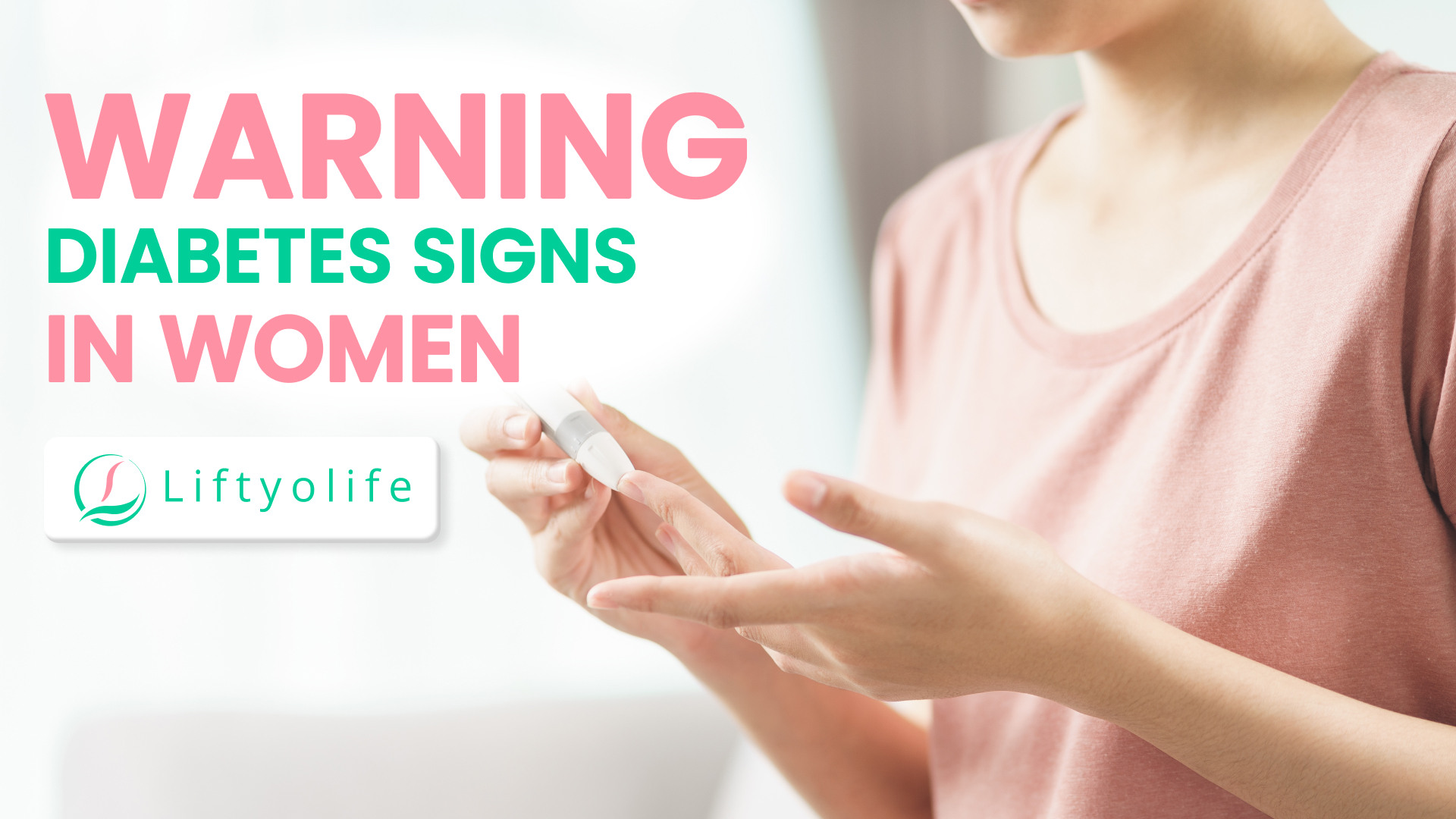Signs Of Diabetes And Treatment

The National Diabetes Statistics Report 2020 shows that 34.2 million Americans have diabetes, and 88 million have prediabetes. Especially new cases of type 1 and type 2 diabetes have significantly increased among young people in the United States. From 2005 to 2016, the proportion of adults with prediabetes who were aware of their condition more than doubled, but the vast majority are still unaware. Realizing the signs of diabetes is essential with Liftyolife (liftyolife.com). It will notify you when you need to consult with your doctor to diagnose and treat this disease.
1. What is diabetes?

What is diabetes?
Diabetes is a long-lasting disease that affects blood glucose levels (or blood sugar), which causes severe damage to your heart, blood vessels, eyes, kidneys, and nerves over time. There are three types of diabetes:
1.1. Type 1 diabetes
Type 1 diabetes causes a high level of glucose in your blood. It occurs when your body cannot produce enough insulin, a hormone that regulates blood glucose levels. You may need insulin injections daily to keep your blood glucose levels under control.
Type 1 diabetes accounts for about 7-10% of all patients with diabetes. Previously, this type of disease was more common in teenagers. However, the disease’s age group has recently been getting younger and younger.
1.2. Type 2 diabetes
In contrast with type 1 diabetes, type 2 mainly occurs in adults and accounts for around 90% of diabetes cases.
Type 2 diabetes usually has fewer symptoms. Usually, patients detect signs of disease via sudden weight loss, medical examination, blood sugar tests. About 50% of people with type 2 diabetes have at least one diabetes complication because the disease is not detected early.
You might like: Difference Between Type 1 And Type 2 Diabetes: Do You Know?
1.3. Gestational diabetes
This type of diabetes is a high blood sugar (glucose) that develops during pregnancy and disappears after the baby is born. Gestational diabetes can occur at any stage of pregnancy, but it is more common during the second or third trimester. This type of diabetes occurs after the 24th week of pregnancy due to insulin resistance.
2. Common signs of diabetes

Common signs of diabetes
Here are 5 common signs of diabetes that you should know:
2.1. Are very thirsty and urinate (pee) a lot, often at night
On average, people must urinate four to seven times per 24 hours, but people with diabetes must urinate many times more than usual due to high blood sugar. Your body usually reabsorbs glucose as it passes through your kidneys. When you have diabetes, your kidneys may not be able to bring all of your blood sugar back into your body. The body will make more urine due to this cause. As a result, you have to pee more frequently and get dehydrated after that. So, you drink more and continue to pee more.
2.2. Are very hungry and tired
Excess sugar is stored in the blood when your body cannot absorb the necessary sugar to release energy due to insulin deficiency. As a result, the body’s need to eat more food to get energy will increase, resulting in frequent hunger and fatigue.
2.3. Lose weight without trying
Weight loss due to loss of glucose in the urine. Diabetes makes the body unable to metabolize energy from food. The body is forced to get energy from fat and muscles. Insulin deficiency causes decreased protein and fat synthesis, increased protein breakdown, fat loss, and weight loss. If you notice that you have this symptom, remember to do a full-body health checkup immediately.
2.4. Have more infections, numb or tingling hands or feet
Blood sugar levels are high, and the immune system (the body’s defense mechanism) suppresses, lowering resistance and making your body more susceptible to infections and fungi. As a result, diabetic patients frequently experience itching throughout their bodies.
2.5. Have blurry vision
High blood sugar will destroy the capillaries in the fundus, resulting in bleeding, edema, especially macular edema. It will reduce vision even though you have not had eye diseases before.
3. Treatment

Treatment of diabetes
3.1. Overall expenditure
CDCs show that the total cost of diabetes is about $327 billion yearly, including $237 billion for direct medical costs and $90 billion for reduced productivity. Diabetic people spend $16,752 per year on medical expenditures. This cost is a huge burden for them.
Although spending much money on diabetes, 1.5 million deaths were directly caused by diabetes, according to the report from WHO in 2019. The most important key is to treat diabetes early and stay in a healthy way.
3.2. Treatment for type 1 and 2 diabetes
Diabetic people could use an insulin pump or insulin injections, check blood sugar levels frequently, and do carbohydrate counting to treat type 1 diabetes.
Treatment for type 2 diabetes primarily consists of lifestyle changes, blood sugar monitoring, diabetes medications, insulin, etc.
3.2.1. Oral or other medications
Metformin is the most frequent medicine used for type 2 diabetes in the long term. However, metformin also causes severe and mild side effects in both men and women such as lactic acidosis, anemia, and hypoglycemia.
The Food and Drug Administration (FDA) alerts diabetic patients and Health Care Professionals about an unacceptable level of Nitrosamine Impurity in certain metformin extended-release products in May 2020. Nitrosamine Impurity can increase cancer risk if people are exposed to them for long periods. FDA is in contact with manufacturers to recommend they voluntarily recall their products.
3.2.2. Other blood sugar support supplement
- Striction D is a blood sugar leveling supplement that lowers blood sugar levels to treat the underlying causes of type 2 diabetes. This product encourages a normal metabolic rate and blood sugar flow. Slowly improving diabetic patients’ glucose levels by healing the cells is how StrictionD works. This healing allows the patient’s body to gradually correct insulin resistance.
- FrontLine: Frontline Diabetes Plan is an alternative diabetes treatment for diabetics and pre-diabetics people. This supplement, combined with organic ingredients, helps you treat the disease with no side effects. However, remember to consult with your doctor before using these types of supplements, especially if you are pregnant, under medication.
3.3. Treatment for gestational diabetes
If you have gestational diabetes, you should maintain a healthy diet and exercise. In addition, your treatment plan may include monitoring your blood sugar levels and using insulin or oral medications in some cases.
Five warning signs of diabetes can alert you whether you have the disease or not. However, in some cases, even if your body has not shown any symptoms, you can still have diabetes. Therefore, you should have a regular health checkup, combined with a balanced diet and reasonable exercise to prevent diabetes from today. Liftyolife (liftyolife.com) will be always here with you on this way.
==> Read More:






